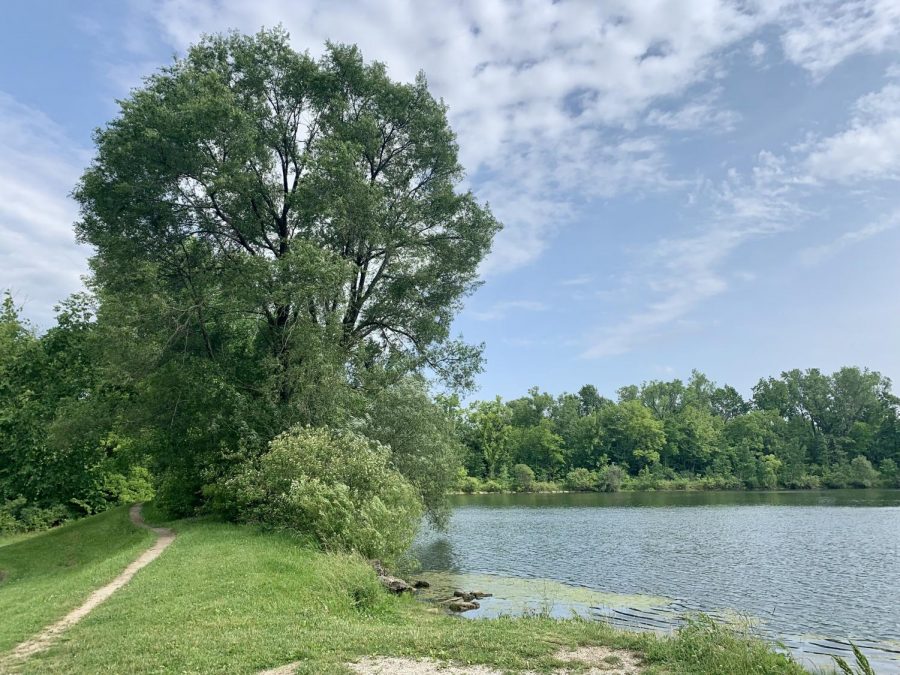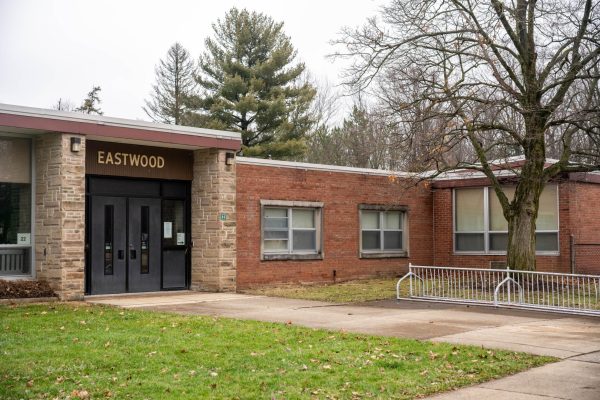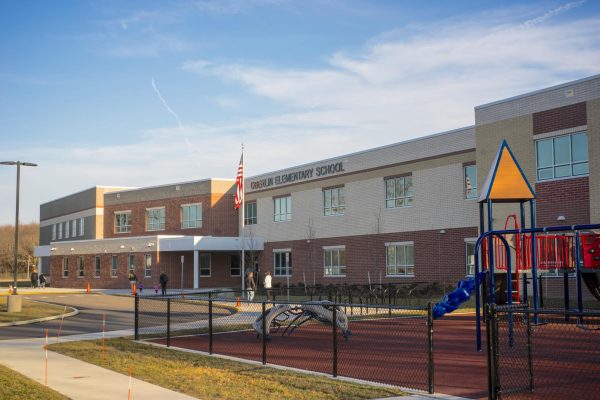City Council Moves to Restructure Morgan Street Reservoirs; Develop Wetland
The Morgan Street Reservoirs at the Arb will be remodeled this fall to avoid potential flooding of local neighborhoods and add features such as walkways and observation areas.
The two reservoirs on Morgan Street — colloquially known as the Arb, after the Oberlin College Arboretum to which they are directly adjacent — will be remodelled to meet state regulations. Following two and a half years of consultation, City Council hopes to receive a bid for approval during its Aug. 16 meeting so that contracted work can begin in the coming fall. The proposed plan is estimated to cost the City $300,000.
The approved proposal by the city-enlisted Environmental Design Group will remodel the upper, rectangular-shaped reservoir into a wetland with paths and will lower the main reservoir’s embankment and water level, while maintaining the historical status of the nation’s first lime-soda water softening plant.
In late 2018, the Ohio Department of Natural Resources’ Division of Water Resources performed a dam safety inspection, which found that the reservoirs, which are classified as a Class II dam, required various remedial efforts in order to meet regulations. The most evident issue was a loss of approximately five feet of water from the upper reservoir in just one week’s time.
According to City Public Works Director Jeff Baumann, this loss of water could have occurred from a number of unconfirmable causes. If left unaddressed this could potentially lead to flooding Plum Creek and residents’ houses.
“We don’t know for sure where that water went,” Baumann said. “It could have exfiltrated through the embankment to the south towards Plum Creek. There could be a breach in the adjoining embankment between the reservoirs possibly caused by muskrats or other burrowing animals, tree roots, et cetera. … Those things aren’t likely to get better and it could potentially lead to more catastrophic failure and [we] certainly want to avoid that.”
After the inspection, the City entered into a contract with the Akron-based company EDG, eventually deciding on the final proposal of three made by EDG. A unanimous City Council decision approved the proposal in June 2020, after feedback and support from a public meeting and subsequent commission hearings. This new plan provides a balance between residents’ goals of maintaining the Arb for its recreational activities, ecological benefits, and its historical character — and it costs less than the alternative proposals.
According to City Council President Linda Slocum, this proposal meets many of the residents’ hopes for the much-loved Arb.
“Every Oberlin College student … as well as anybody who’s been raised in the City of Oberlin has stories and memories of the reservoir,” Slocum said. “By choosing what we did we’ve made something available for the people that really liked … having that nice pond there. And, we also will have a lovely, more wild wetland area.”
After COVID-19 delayed the process of finishing the proposal, planning is currently 90 percent complete. The plan outlines the construction of the wetland, the lowering of the main reservoir’s embankment, and the consequent creation of a water outlet structure and maintenance access. Additionally, some of the trees around the main reservoir will be removed.
The construction will maintain the existing trails around the perimeter of the reservoirs, with some modifications and new trail additions. The plan also includes the creation of observation cells — rocky outcroppings into the lower reservoir’s water — an educational kiosk, and a wayfinding map. New paths, benches, and meeting areas at the paths’ intersections will be created, as well as a boardwalk and observation deck that will traverse the new wetland. New trees — as well as native grass and wildflowers — will lead to a 24 percent increase in vegetation in the Arb.
Northeast Regional Director of the Ohio Ornithological Society and frequent visitor to the Arb, Diana Steele, expressed her excitement for the creation of an improved habitat for the numerous bird species living in the area.
“I think the construction is going to be very painful, but I think in the end it’s going to be better than it is today,” Steele said. “I’m really excited about that because I think it’ll create a new habitat for different kinds of birds to enjoy. One of the habitats that is most lacking in Ohio and really many places is wetland habitat. Birds that rely on that habitat have seen their numbers crash over the decades.”
The plan also honors the historical site of the nation’s first lime-soda treatment facility, which was created in the 1890s to soften water sourced from the Kipton Reservoir. Both Kipton and Morgan Street reservoirs were closed in the early 1960s after the region’s water treatment moved to a plant on Parsons Road, where the City draws water today. A tall stone tower and an adjacent building are all that remain of the 1800s water treatment facility on Morgan Street. Along with these historic buildings, the decision to maintain the main reservoir allows residents to appreciate the historic site of Oberlin’s first water supply facility.








